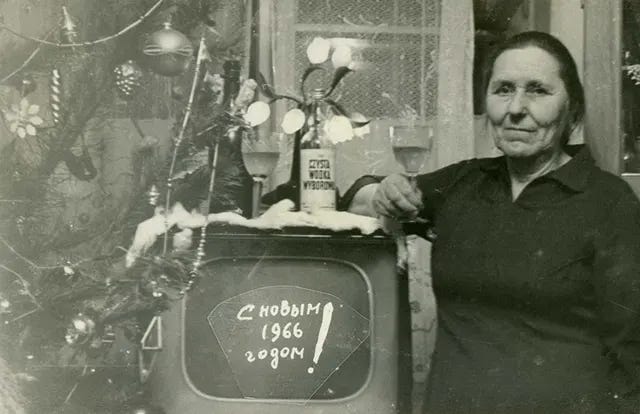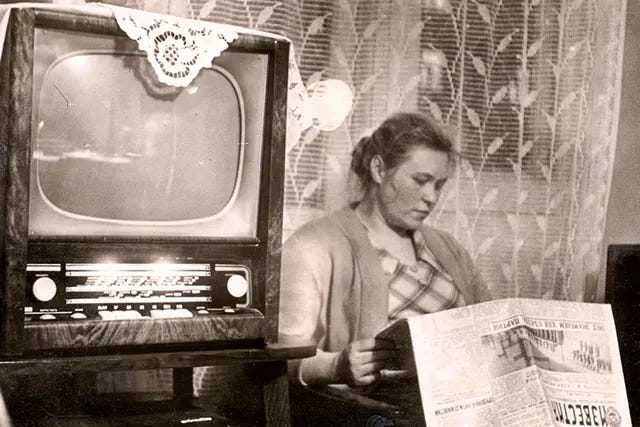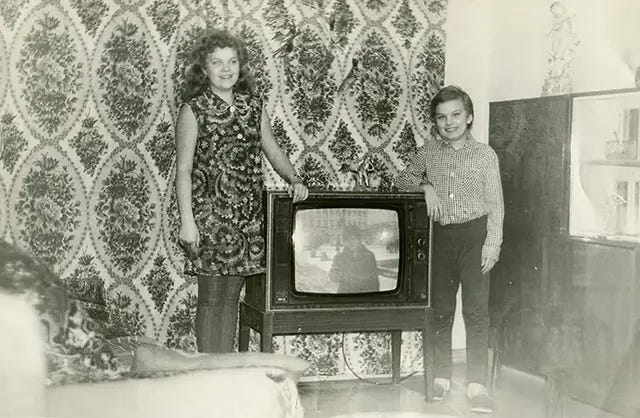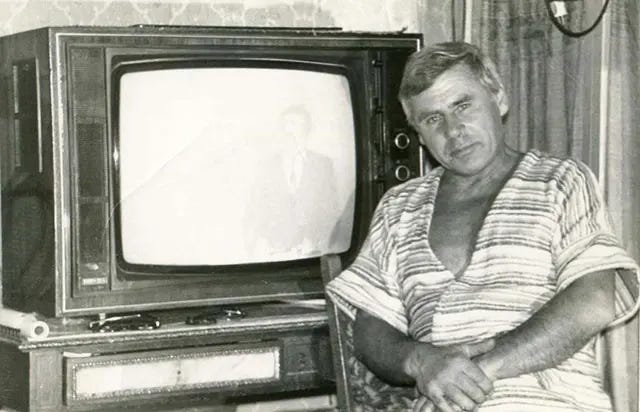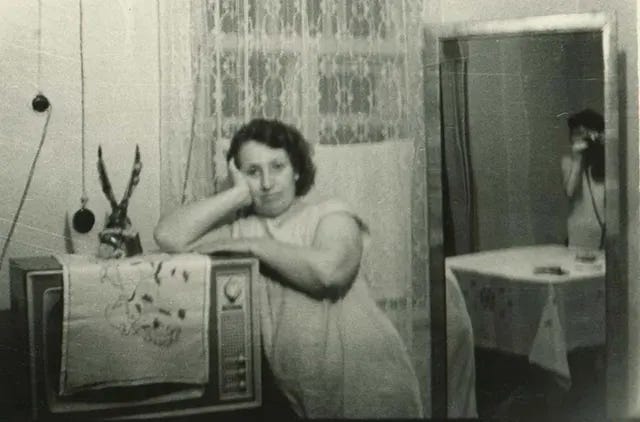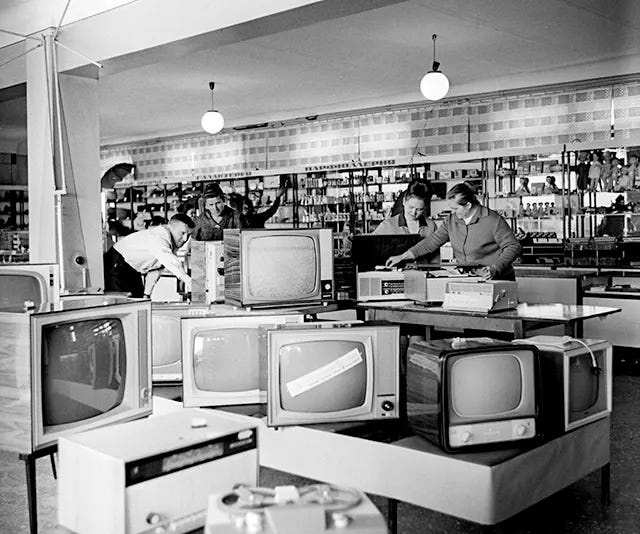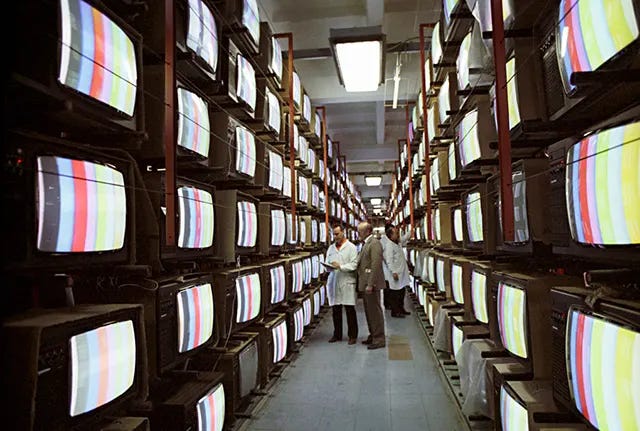Glimpsing a New World: How the Soviets Celebrated Television – Vintage Photos
Imagine a world where a single, flickering screen could unite a nation, offering a window to a reality beyond anything previously imagined. That's precisely what television did in the Soviet Union, and these incredible vintage photos capture the sheer joy and wonder of those first moments.
The Dawn of the Soviet Television Age
The early days of Soviet television were a far cry from the 24/7 streaming services we know today. Television production began in the USSR prior to World War II, but it was in the 1950s and 60s that TV sets began to enter the homes of ordinary citizens, transforming everyday life in profound ways. It wasn't just about entertainment; television was a powerful tool for the state, a way to disseminate information, promote ideology, and shape public opinion. But for the average Soviet family, it was pure magic.
This initial image sets the stage, perfectly capturing the intimate, familial aspect of early television viewing. Notice the close proximity, the rapt attention, and the likely presence of neighbors – early TV sets were a communal experience, a reason to gather and share.
A Community Affair: More Than Just a Box
Owning a television in the Soviet Union was initially a luxury, a status symbol. The first models, like the KVN-49 (named after its inventors: Kenigson, Varshavsky, and Nikolayevsky), were relatively small and produced a black-and-white image, and often required a separate lens filled with distilled water to magnify the picture. But the cost and technical limitations did little to dampen the enthusiasm.
These images beautifully illustrate the communal nature of early television viewing. Neighbors would crowd into apartments, sharing snacks and the excitement of the broadcasts.
Notice how the TV is often the focal point of the room, elevated, and treated with a certain reverence. These photos highlight that the TV was much more than a simple appliance, representing a shift to modern ammenities.
Programming and Propaganda: A Carefully Curated View
Soviet television programming was, unsurprisingly, heavily controlled by the state. News broadcasts, cultural programs, and educational shows were all designed to promote socialist ideals and the achievements of the Soviet Union. Children's programming, like the still-beloved Nu, pogodi! (Well, Just You Wait!), provided entertainment while subtly reinforcing social norms.
Even seemingly innocuous images of families enjoying TV reveal the careful staging and presentation that was typical of the era. These weren't just snapshots of daily life; they were often crafted to portray an idealized version of Soviet society.
One interesting fact is that early Soviet television broadcasts were often live. This added an element of immediacy and excitement, but it also meant that any mistakes or unexpected events would be seen by the entire viewing audience.
Television's Transformative Power: Beyond Entertainment
Beyond the propaganda and carefully curated content, television undeniably had a transformative effect on Soviet society. It provided a shared cultural experience, connecting people across vast distances. It offered a glimpse into different lifestyles, both within the Soviet Union and, increasingly, from the outside world. While the state attempted to control the narrative, the very act of seeing – seeing different fashions, different ways of life – subtly began to erode the isolation that had characterized much of Soviet life.
The sheer joy on the faces in many of these photos speaks volumes. It's a joy that transcends ideology; it's the simple, universal pleasure of experiencing something new and exciting.
The images showcase how Television became intergenerational, with older generations enjoying the new medium just as much as their younger family members.
A Legacy of Shared Screens
These vintage photos of Soviet families celebrating their first televisions offer a fascinating glimpse into a pivotal moment in history. They remind us that technology, even when used for political purposes, can have profound and unpredictable social consequences. The flickering screens of those early Soviet TVs may have been broadcasting a carefully crafted message, but they also sparked imaginations, fostered a sense of community, and ultimately contributed to the changing landscape of the Soviet Union. They serve as a powerful reminder of the enduring human fascination with technology and its ability to connect us, inform us, and, above all, entertain us. The shared experience of watching those early broadcasts, captured so vividly in these images, laid the groundwork for the media-saturated world we inhabit today.


